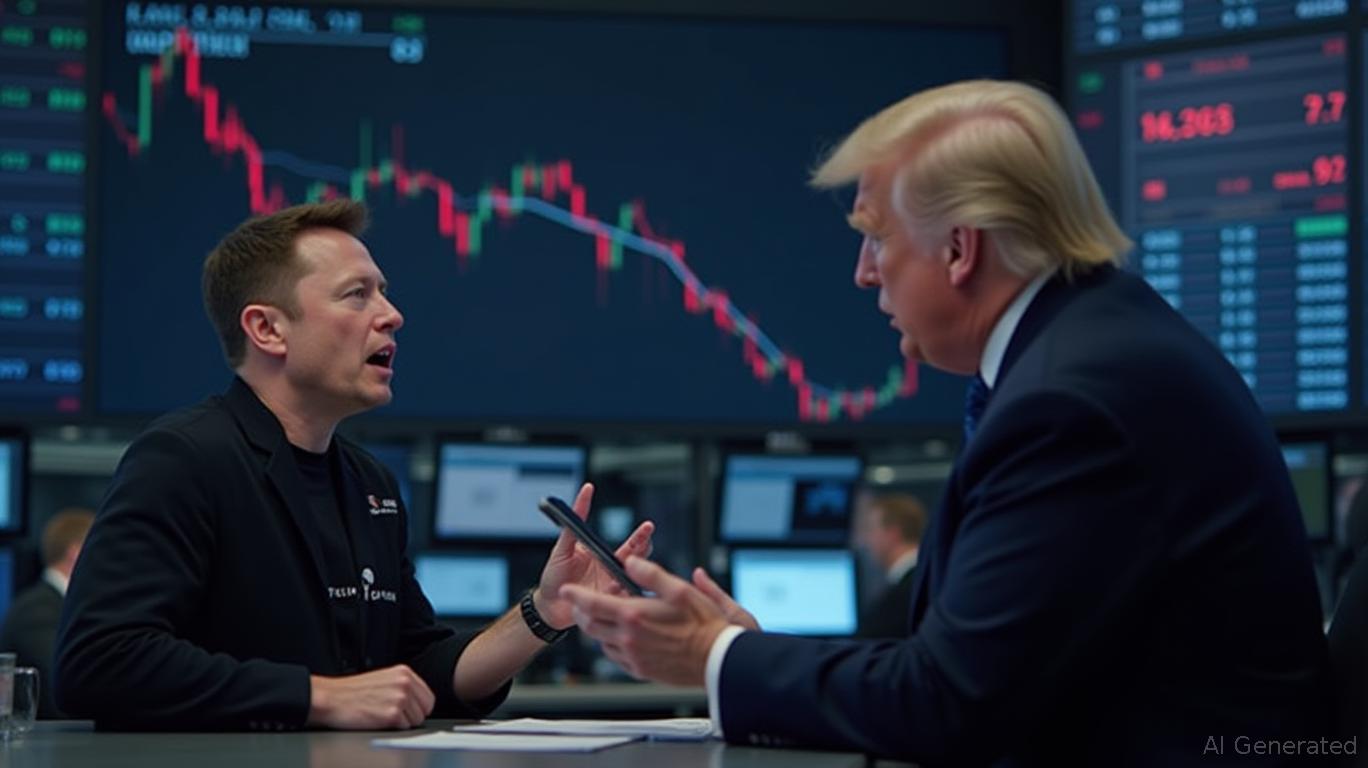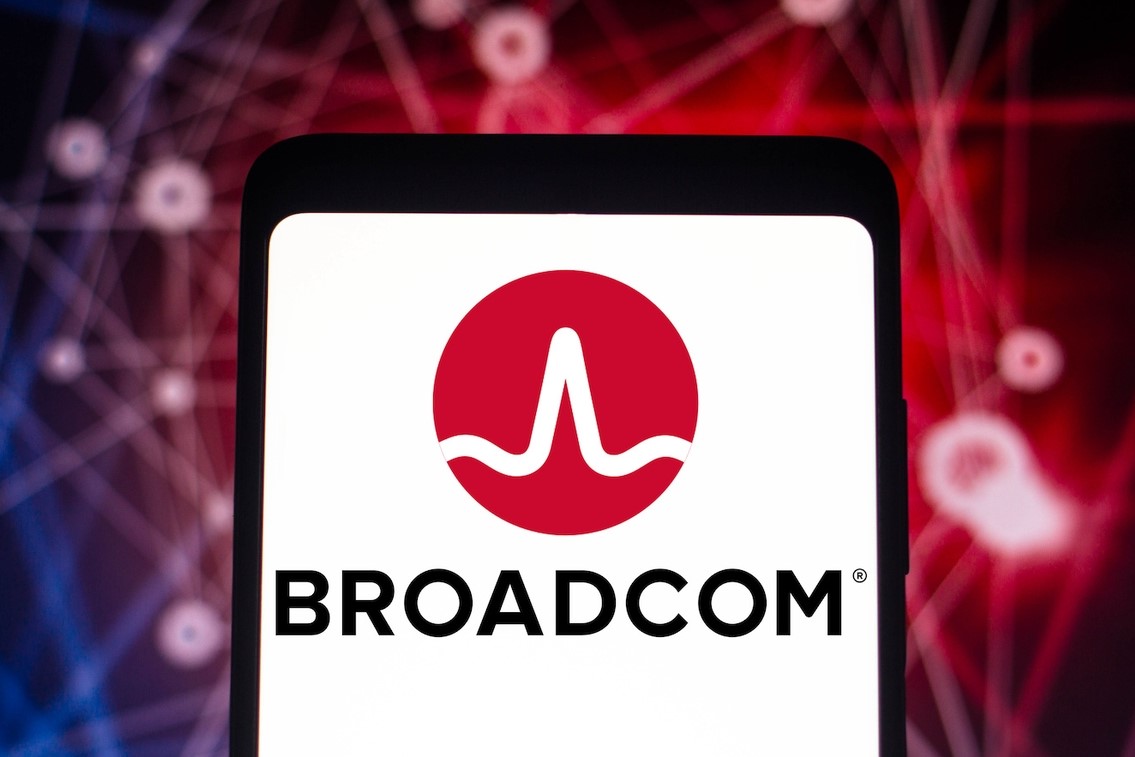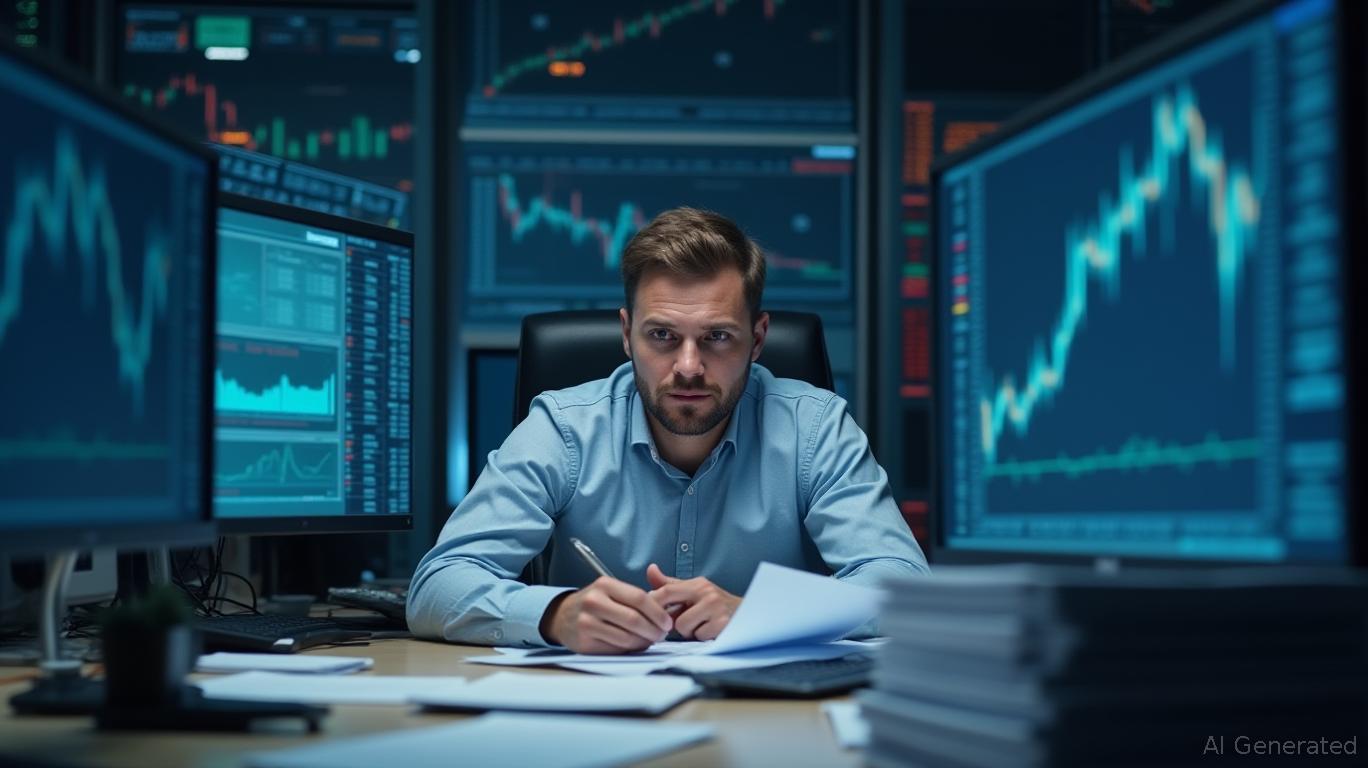Jim Cramer Says Apple Inc. (AAPL) Just "Doesn’t Grow As Fast As We’d Like"
In a stark reversal of his long-standing bullish stance, Jim Cramer has issued a pointed critique of apple inc. (AAPL), labeling its growth trajectory in 2025 as underwhelming. The host of Mad Money attributes Apple’s struggles to geopolitical headwinds, punitive trade policies, and operational challenges, warning investors to temper expectations for the tech giant. Here’s a deep dive into why Cramer—and Wall Street—believe Apple is now a “never own” in the Trump era.
The Tariff Trap: How Politics Stifle Apple’s Momentum
Cramer’s primary concern is the 145% U.S. tariff on Chinese imports, which has become a fiscal millstone for Apple. The company’s stock has plummeted 18% year-to-date (YTD) in 2025, with a sharper 23% drop immediately following the tariff’s implementation. These levies directly target Apple’s supply chain, as over 80% of its iPhones are still assembled in China.
The tariffs have forced Apple to accelerate its “China pivot” away from U.S. penalties. By 2026, the company aims to import 80 million iPhones annually from India, nearly doubling its production there. Yet Cramer dismisses this as a stopgap: “Shifting factories doesn’t fix trade wars,” he argues, pointing to reshoring costs, delayed AI software launches, and White House skepticism as lingering threats.

Analysts Split on AAPL’s Near-Term Prospects
While hedge funds remain invested—166 funds held AAPL as of Q4 2024—analyst sentiment is mixed. Bank of America slashed its price target to $240 from $250 in April 2025, citing tariff-driven costs. Meanwhile, Traders Union predicts stagnation near $240 but warns of a potential 10% drop to $216 if trade tensions escalate.
Cramer’s advice? “Own it, don’t trade it.” He acknowledges Apple’s $500 billion U.S. investment pledge and long-term AI opportunities—like integrating advanced AI into iPhones—but insists near-term risks outweigh rewards. “The administration’s ‘gunboat diplomacy’ toward China could make Apple an also-ran,” he warns.
Why Apple’s Growth Engine Sputters
Cramer highlights three key drags:
1. Political Uncertainty: The Trump administration’s erratic trade policies have eroded investor confidence. Apple’s silence on U.S. job creation has further strained ties.
2. Manufacturing Constraints: Relocating production to India isn’t a panacea. Apple’s India plants face labor shortages and quality control issues, delaying output.
3. AI Lags: While rivals like Meta and NVIDIA push AI frontiers, Apple’s AI initiatives—touted as “incremental upgrades”—have underwhelmed investors.
The Contrarian Case for AAPL
Despite the gloom, Cramer doesn’t write off Apple entirely. The company remains the world’s most valuable firm, with $38 billion in quarterly revenue and a fortress balance sheet. Analyst Gene Munster (Deepwater Asset Management) argues that Apple’s AI could boost earnings by 10-15% within two years.
Moreover, a U.S.-China tariff truce—though unlikely—could catalyze a rebound. “If tariffs ease, Apple’s stock could rally 20%,” Cramer concedes, though he doubts such clarity materializes anytime soon.
Conclusion: AAPL’s Crossroads
Jim Cramer’s assessment paints Apple as a company caught between its own strengths and external forces. While its services division, iPhone dominance, and AI potential offer long-term promise, the near-term outlook is clouded by trade wars, regulatory overreach, and operational hurdles.
The data underscores the dilemma:
- Stock Performance: AAPL’s YTD drop of 18% lags peers like NVIDIA (up 25% in 2025).
- Analyst Consensus: 14 of 28 analysts rate AAPL “hold,” with only 5 recommending a “buy.”
- Political Risk: A Trump administration bent on “decoupling” from China leaves Apple’s supply chain perpetually vulnerable.
For investors, Cramer’s advice is clear: Stay invested but avoid chasing volatility. “Apple’s not dead,” he says, “but it’s fighting the administration’s battles—and losing.” Until trade policies stabilize or AI breakthroughs materialize, AAPL remains a “wait-and-see” story.
In the Trump era, growth isn’t just about innovation—it’s about navigating political minefields. For now, Apple is stumbling through both.









